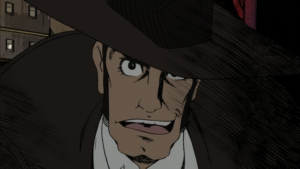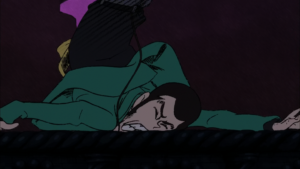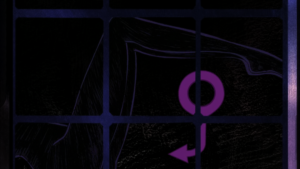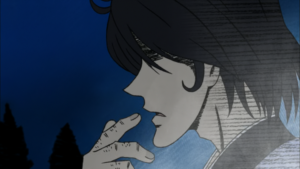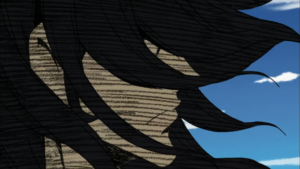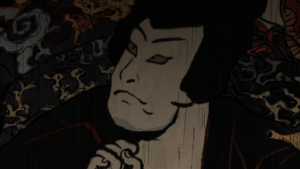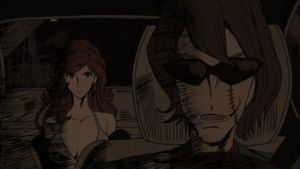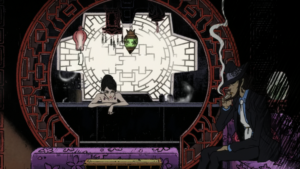





As the spring season approached, it seemed clear what would be the series with the most interesting staff working behind it: Sakamichi no Apollon, the director of Cowboy Bebop coming back after many years of absence to work with some of Madhouse’s top animators and the always lovely music from Yoko Kanno. And then a new Lupin series got announced.
Seriously, the people involved in this project: it’s directed by Sayo Yamamoto, who directed Michiko e Hatchin, the scriptwriting powerhouse of the recent years Mari Okada wrote the series composition, Shinichiro Watanabe (the same director of Cowboy Bebop) did the music production, Takeshi Koike is behind the character-designs, and on top of them there are some episodes written by Dai Sato (the guy who wrote Ergo Proxy and Eureka Seven) and Junji Nishimura, the director of Simoun. All of these people are responsible for masterpieces, and here they were stuffed into one single project. The result is a breath of fresh air.
Now, I do have to admit one thing:: the influence of all of them is clearly visible, but don’t expect any of them to surpass themselves here. Mine Fujiko to Iu Onna is far from as good as the series that these people became known for. When you set the standard lower and compare it to the series that have come out in the recent years though, it really stands out as something unique that anime definitely needed.
This series just oozes style from beginning to end. The character-designs are just gorgeous and every episode is just chock full of inspired images and artwork that go completely against the trend of current anime. There is a TON of nudity in this series, but the fanservice is completely different from the juvenile fanservice you see in all the other shows these days.
This series is really focused on adventures, just like the Lupin series it’s based on. This time though, the one who stands in the center is Mine Fujiko. The episodes are all varied and very different from each other, and they all are chock full of references and homages to other works of fiction that use often-used female character tropes, which it then proceeds to subvert completely. Seriously, the huge amounts of boob in this series may not make it so apparent, but Mine Fujiko is a very strong and independent character.
Beyond this, this series is also a whole lot of fun to watch: there are some episodes that have great chase scenes, others have great action scenes, yet others are much more focused on well written dialogues and yet again others thrive on using weird plot twists. It’s a really well made series.
There are a few things that do hold this series back though. First of all there are the character-designs in this series: they look gorgeous and really detailed. But they also are really hard to animate consistently, and yet, the creators definitely try to animate as much as they can. The result is unfortunately a lot of jerky movements and facial movements that just look off or strange.
The second is that this series has little character-development, but that’s just a minor issue. The creativity that went into the characters and their re-imaginations, complete with how they play off each other more than makes up for this. This is why I love remakes for anime: a lot of them are really made by fans of the franchise who don’t care about trying to recreate them as accurately as possible, but want to give their own spin to them, and Mine Fujiko to u Onna is no different. the more I write about this series, the more complete it starts to feel, and that’s a sign of a really good series.
| Storytelling: |
8.5/10 – Loads of variety and a bunch of great scripts that come together really well. |
| Characters: |
8.5/10 – The characters are used really well and play off each other wonderfully. This excuses the sometimes jerky acting more than enough. |
| Production-Values: |
9/10 – Very artistic and unique. The art is where this series set itself apart among the many shows with gorgeous graphics this season. |
| Setting: |
8.5/10 – Where this series rocks is how there is so much to be read in between the lines. It’s a homage and a parody at the same time, and it references a wide variety of different works and uses this really well. |
Suggestions:
– Michiko e Hatchin
– Seikimatsu Occult Gakuin
– Ultraviolet: Code 044

